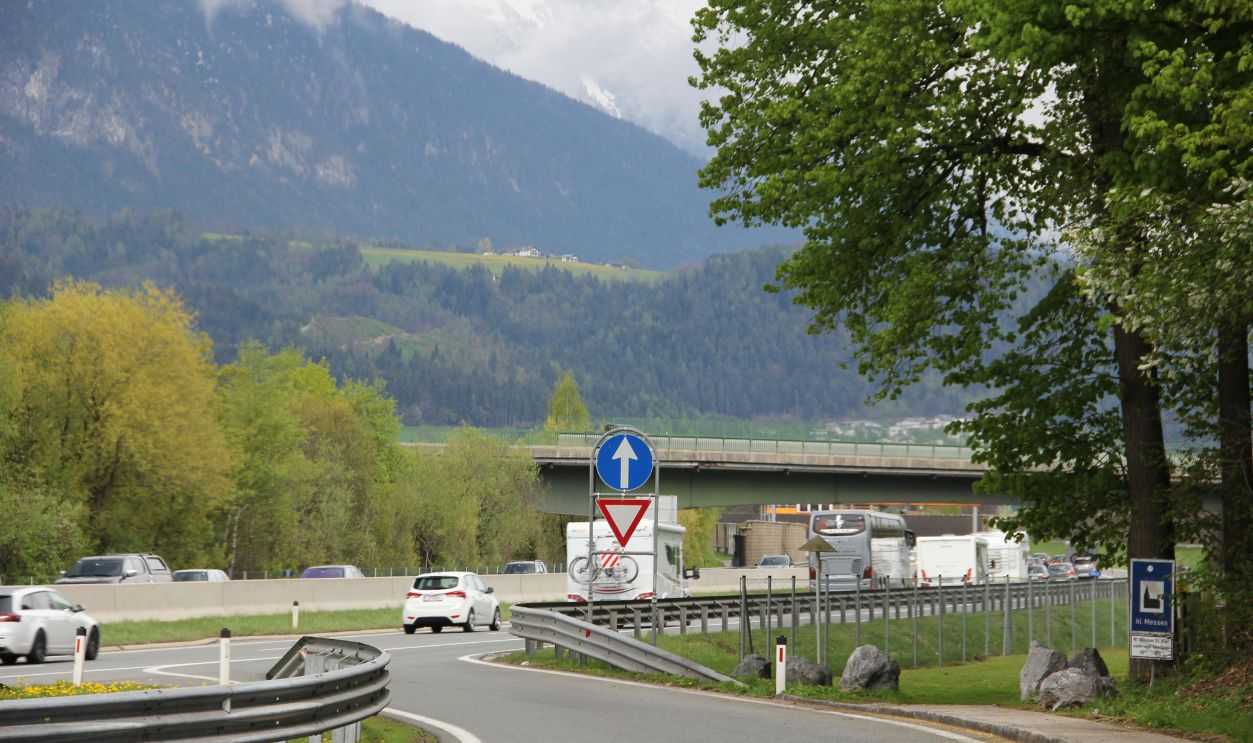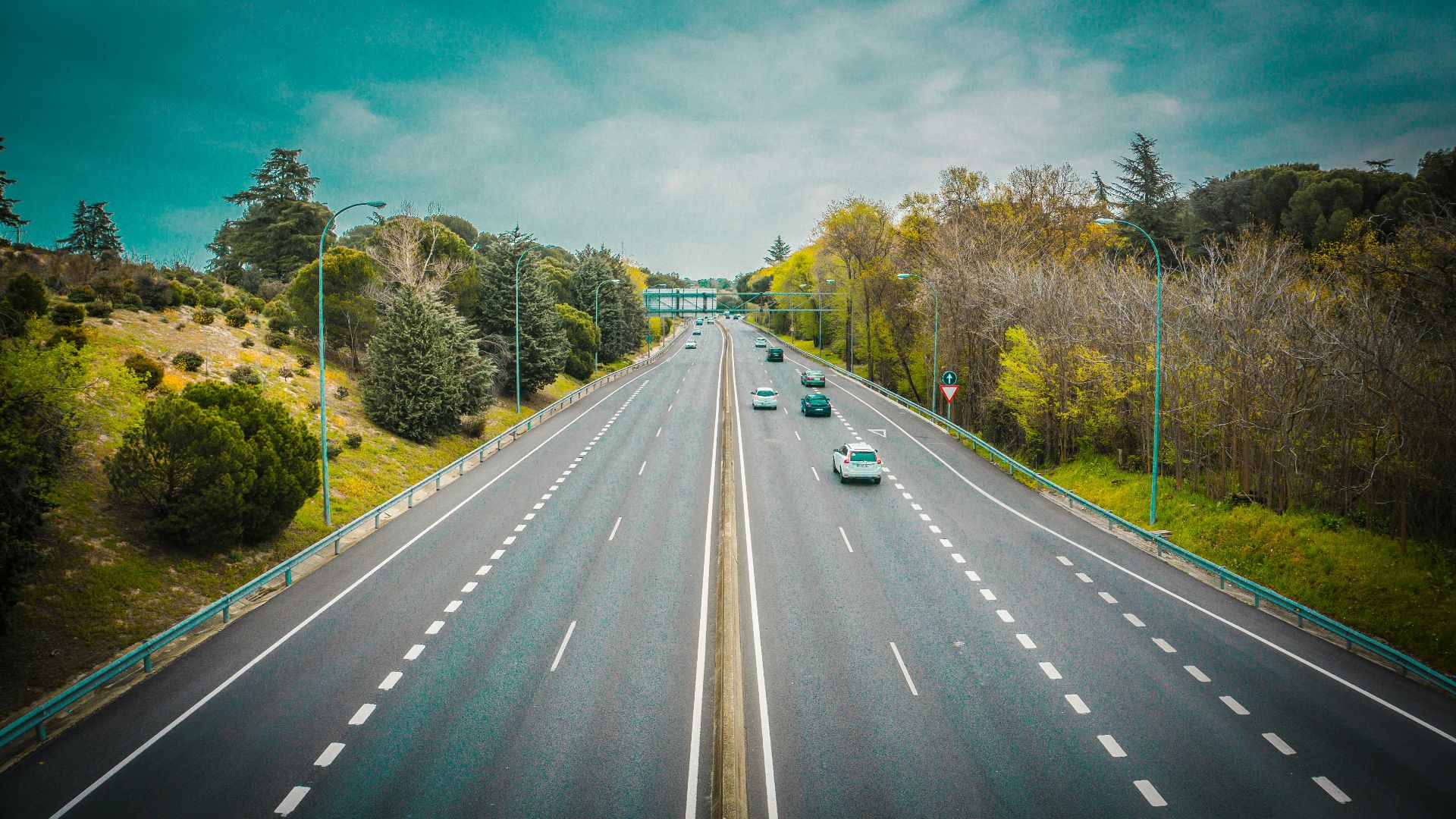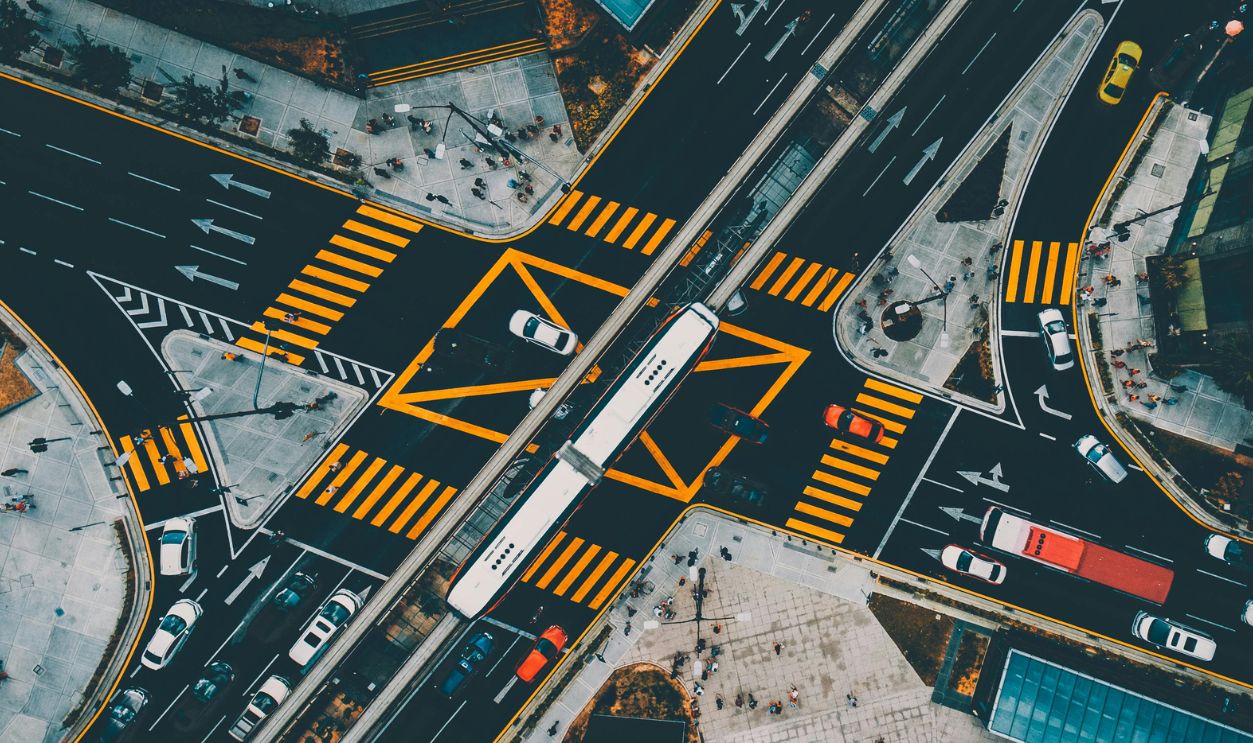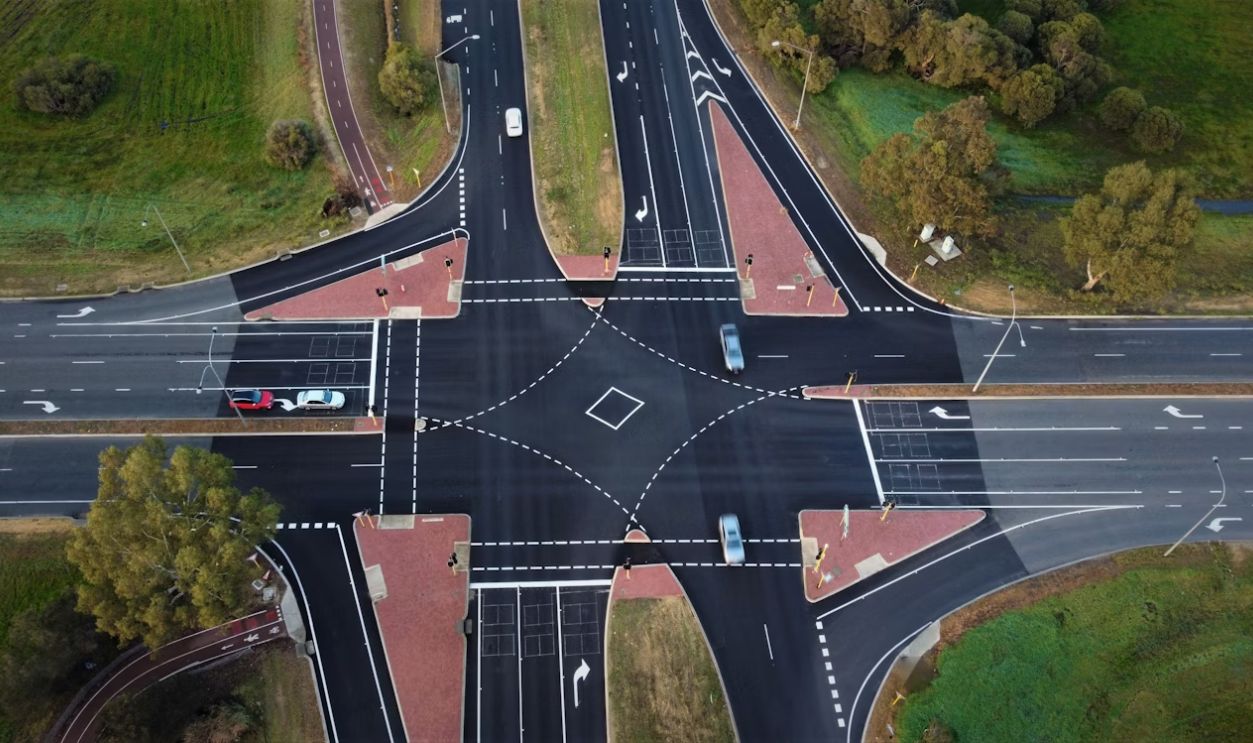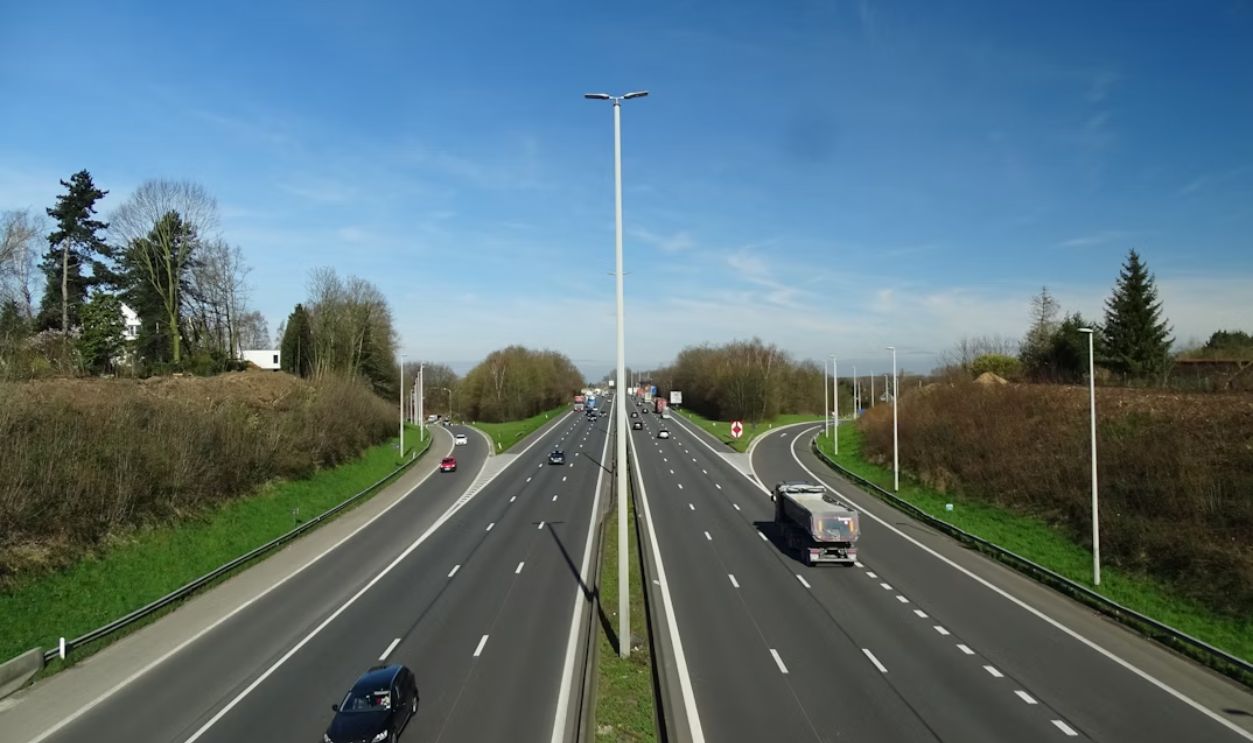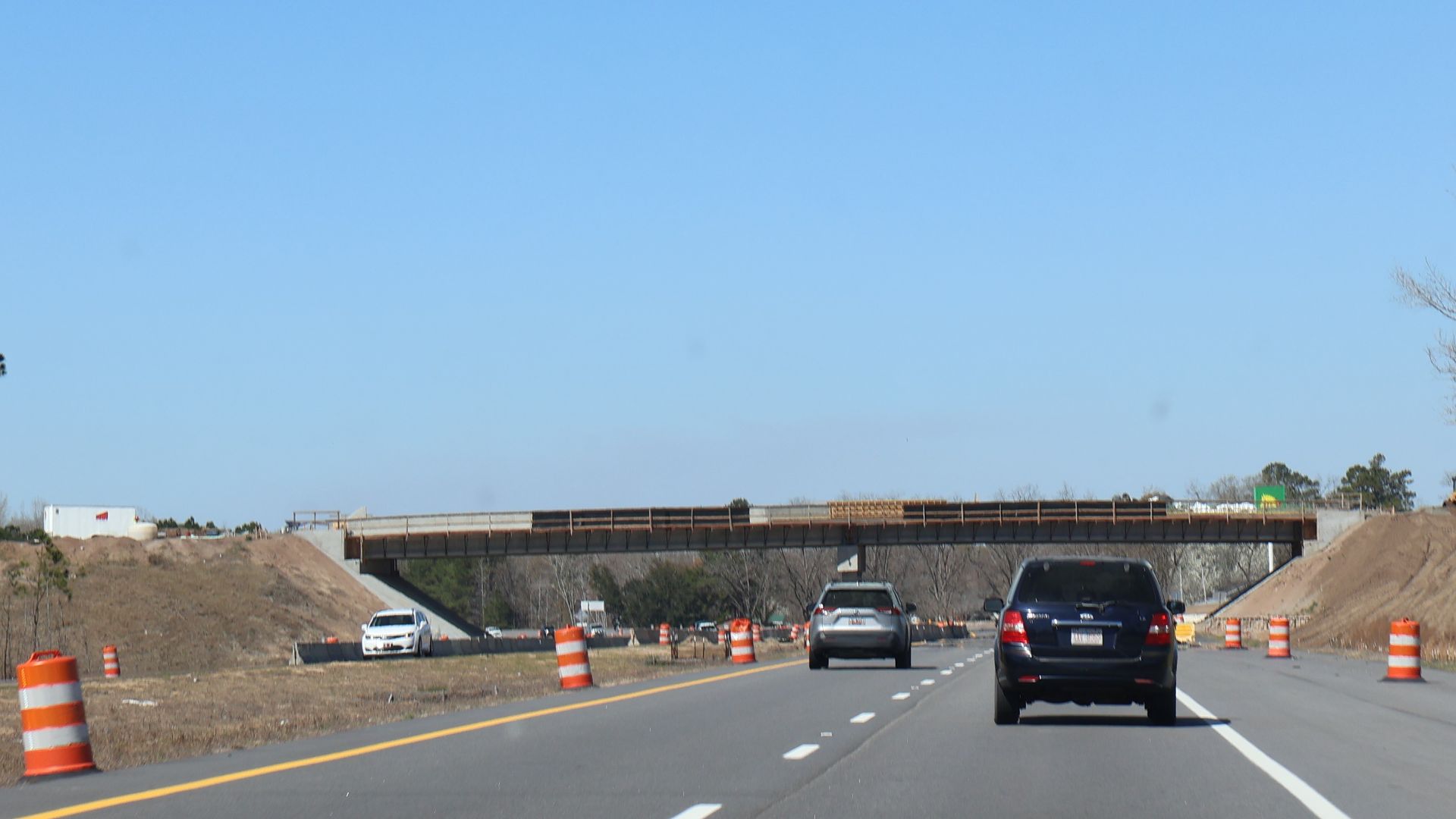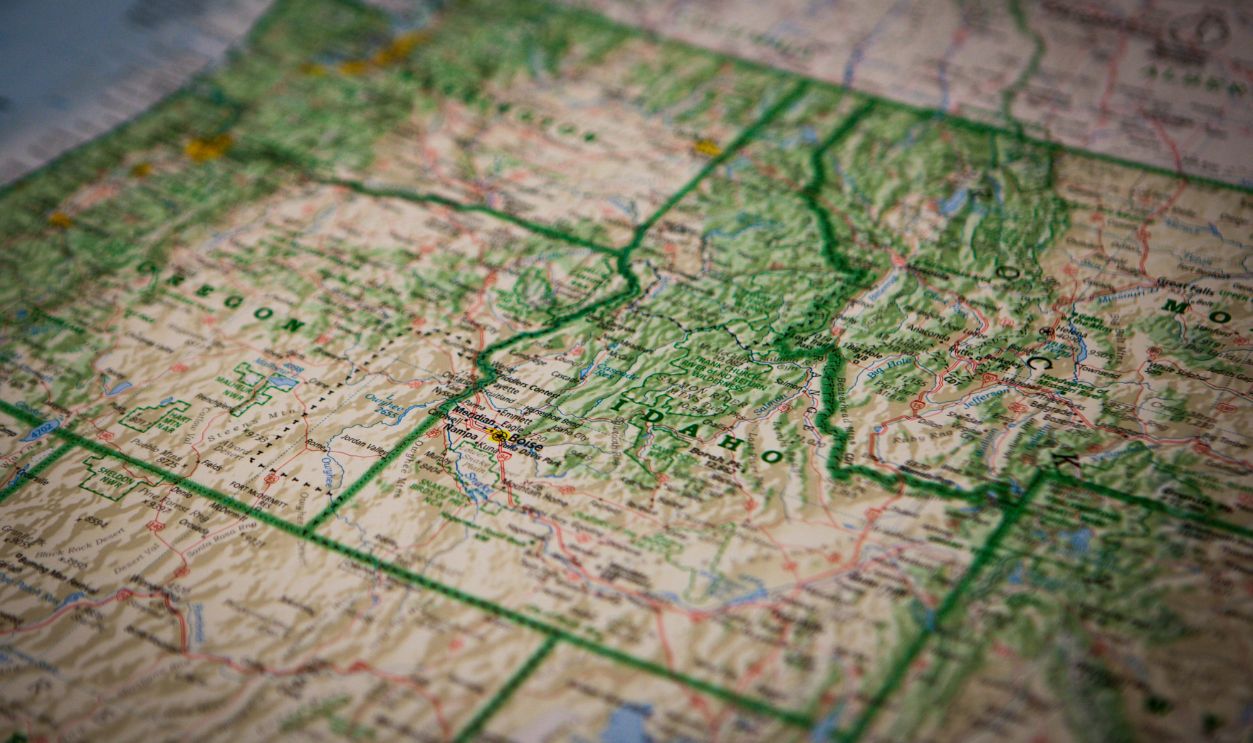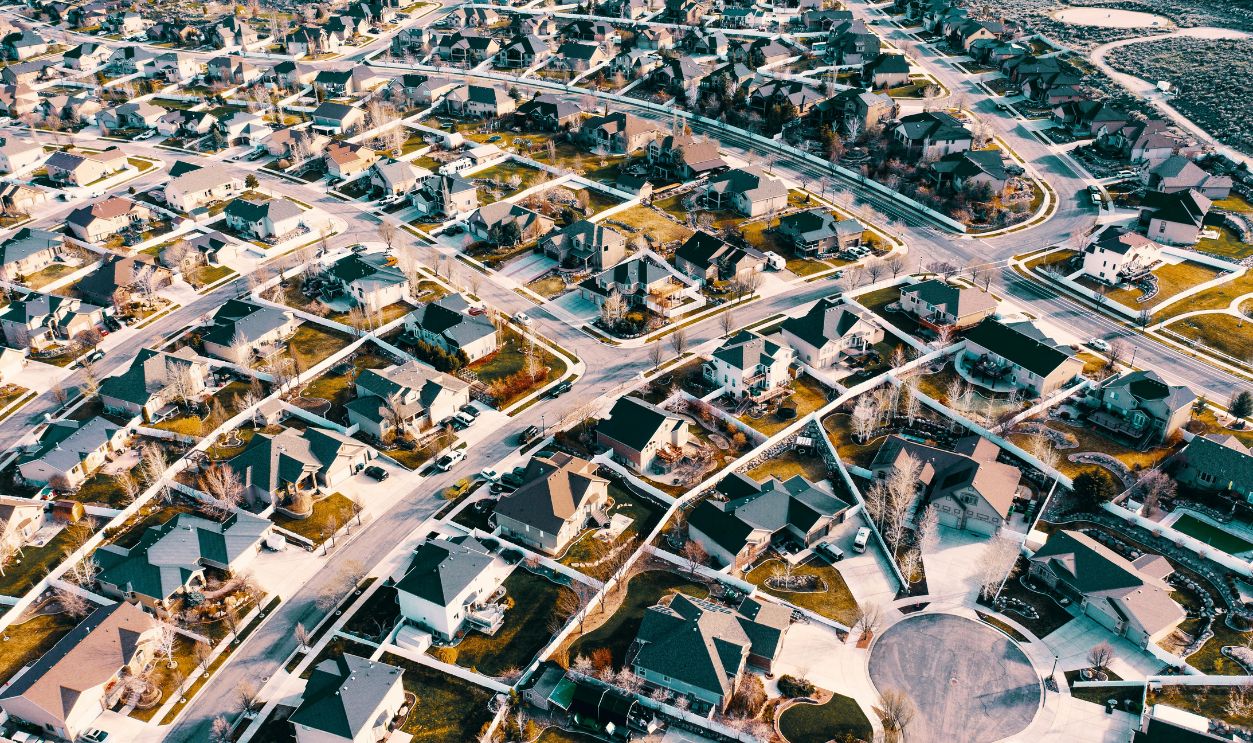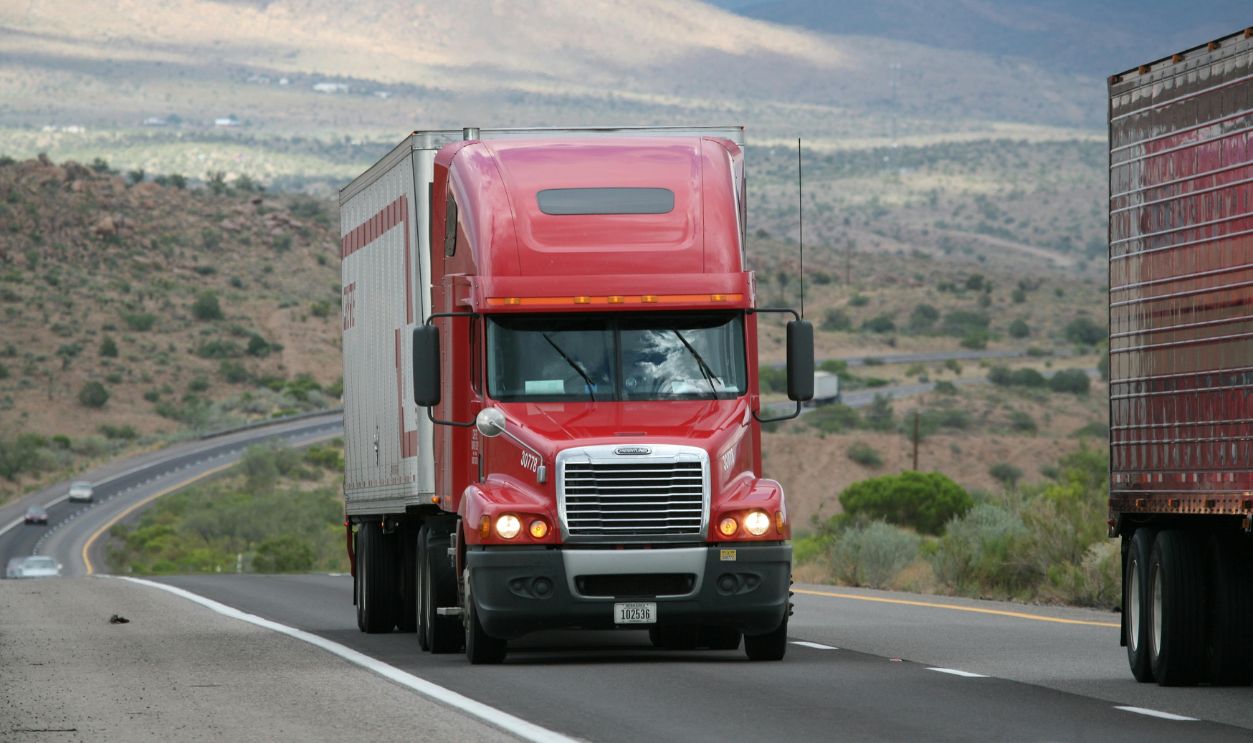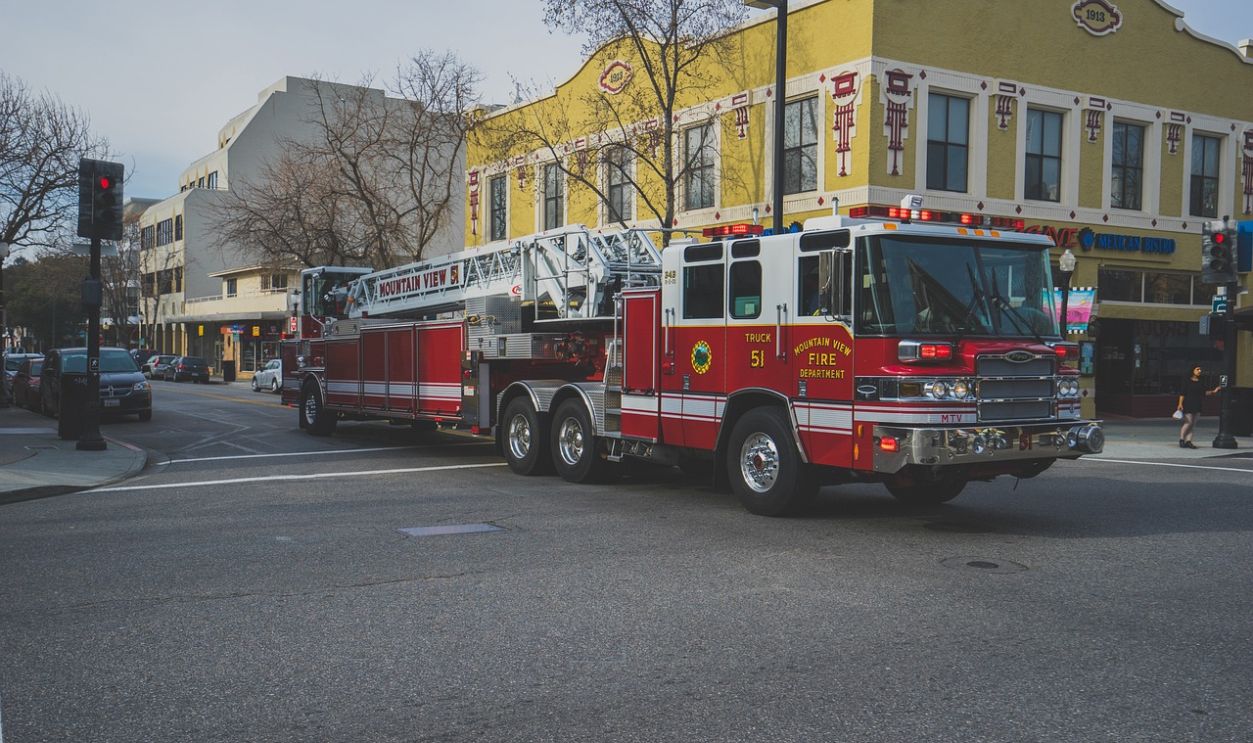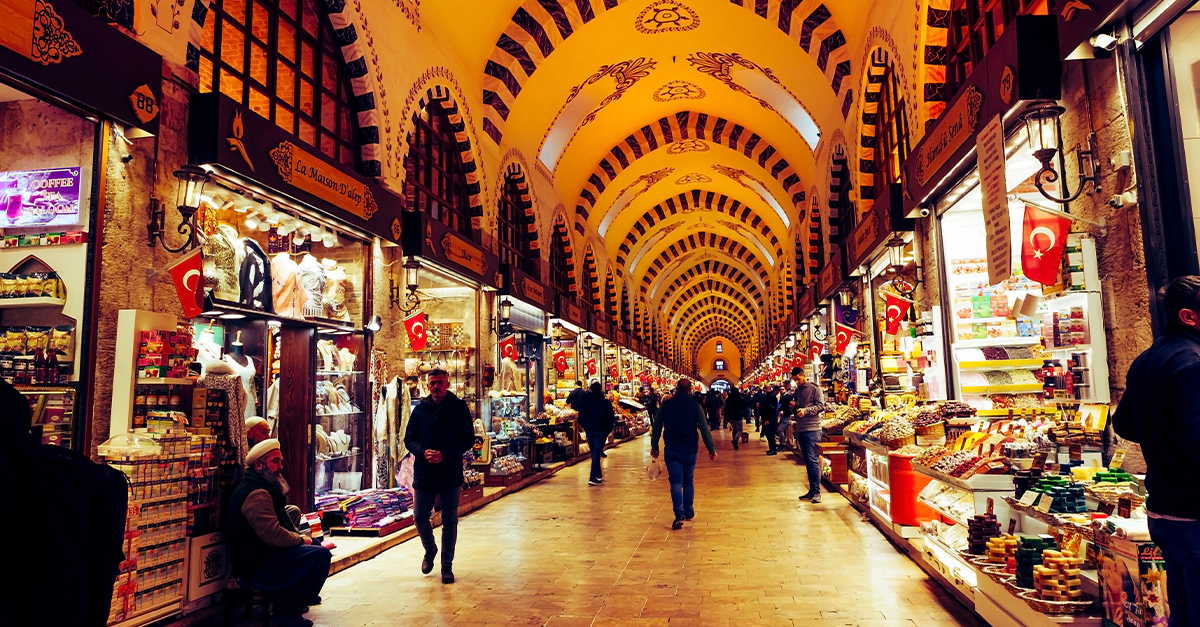A Road Design Glow-Up
Did you hit an intersection recently and think your navigation lost its mind? Turns out it's just the newest layout popping up across the country.

Diverging Diamond Explained
A diverging diamond interchange rearranges traffic in an unexpected way. Lanes switch sides as vehicles pass through, then return to normal. The clever structure keeps turns safer, shortens light cycles, and helps ease backups that typically build around busy highway ramps.
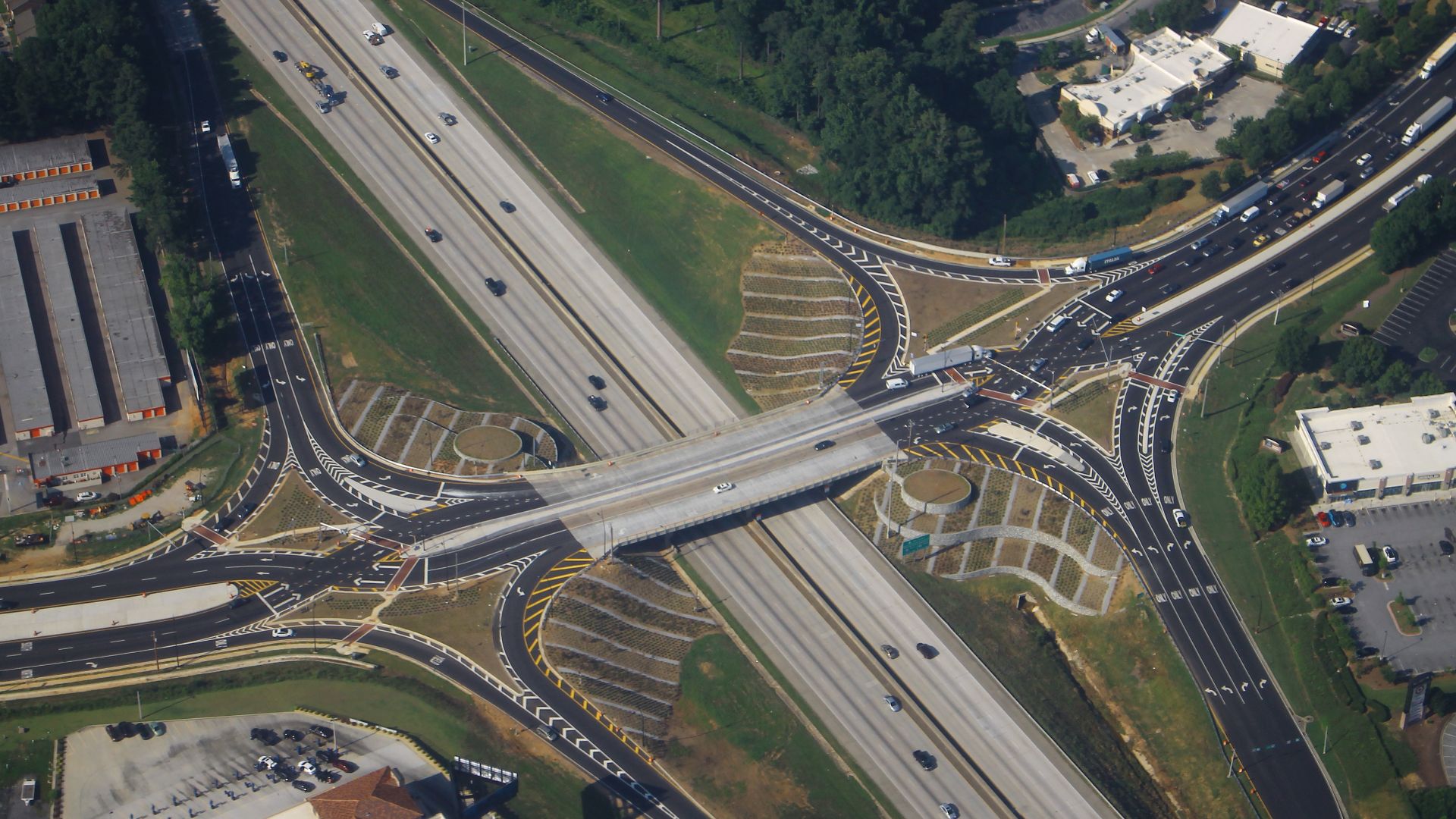 formulanone, Wikimedia Commons
formulanone, Wikimedia Commons
Why DDIs Are Trending
Road planners love solutions that ease congestion without expensive reinventions. As US cities grow, leaders want designs that improve flow and safety while fitting modern driving patterns. DDIs offer exactly that, and interest keeps spreading with every successful installation.
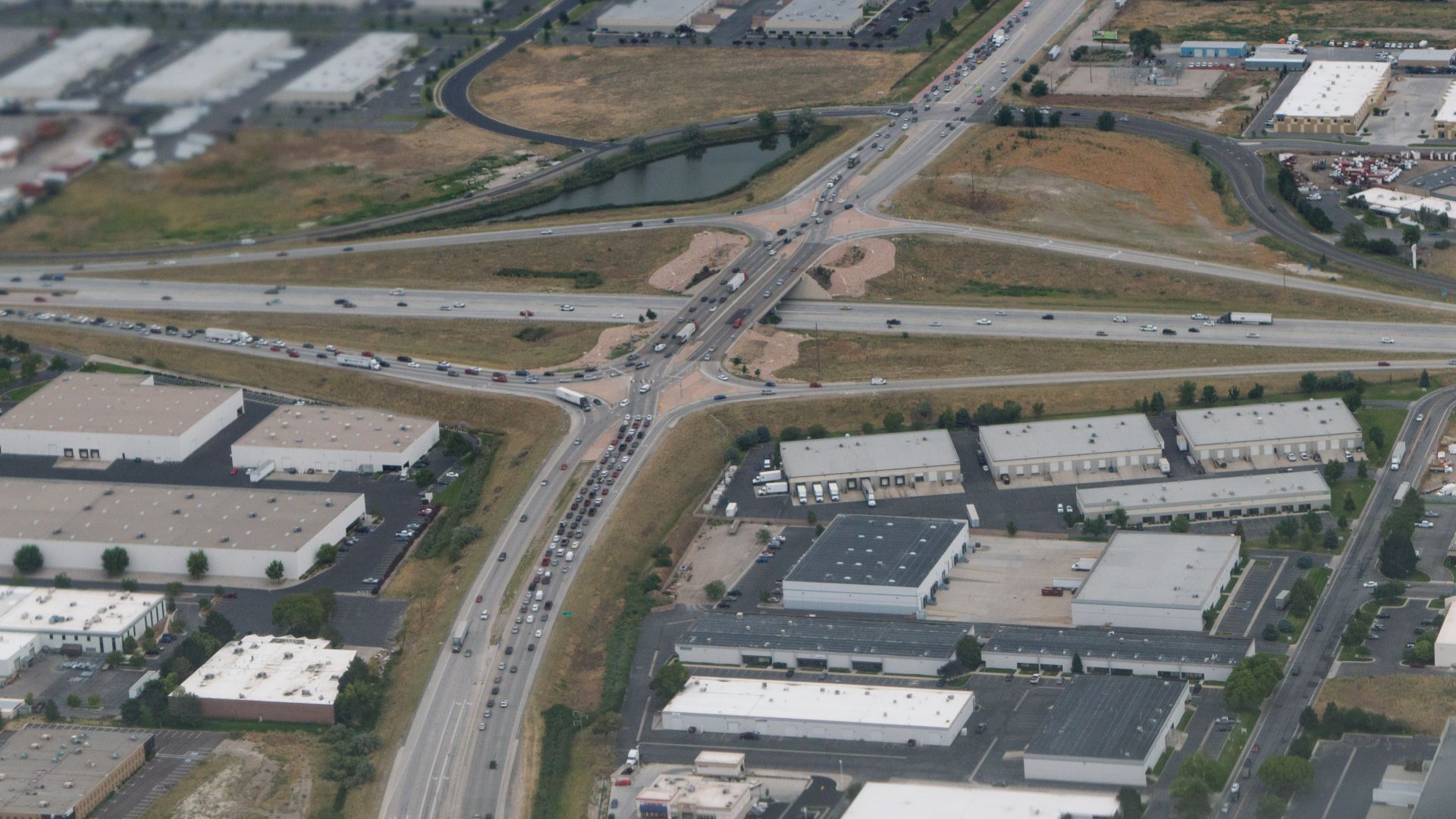 Supercarwaar, Wikimedia Commons
Supercarwaar, Wikimedia Commons
Switching Sides Safely
It may feel odd during the first drive, though signs and lane guides walk drivers through the crossover. Clear visual cues remove confusion and help people stay in the right place at the right moment.
Left Turns Made Easy
Traditional intersections force drivers to wait for protected left signals. Here, drivers turn without crossing opposing traffic. Since the layout already shifts lanes, the left movement becomes simple and smooth, which cuts wait-time frustration significantly.
Crash Risks Drop Dramatically
Every intersection has conflict points where vehicles might collide. The DDI nearly cuts those in half—and real-world data backs it up. States like Missouri and North Carolina saw steep declines in serious crashes after conversions, which proves that simpler paths make safer intersections.
Smoother Traffic Flow
Many drivers notice something right away: movement feels steady. Cars keep rolling rather than stacking up at long red lights. With fewer stops and clearer paths, traffic volume glides through more naturally, even during rush hours.
Lower Construction Costs
Cities like DDIs because they rarely require tearing everything apart. Instead of massive infrastructure overhauls, crews typically reconfigure existing roadways. That approach saves money and frees budgets for other transportation needs.
Faster Build Times
Another reason transportation leaders embrace this design comes down to timing. Teams convert traditional intersections into DDIs much quicker than building brand-new overpasses. Communities benefit sooner, and drivers spend less time in construction zones.
Pedestrian Paths Added
Walking through these intersections feels more protected thanks to designated pathways and clear crossings. Pedestrians move through center islands with safety rails and direct signals. This structure encourages more confident foot traffic around busy areas.
Retrofit-Friendly Design
Cities often struggle to modernize old infrastructure. DDIs slot neatly into existing interchanges and make them attractive when space is tight. Engineers appreciate how easily they adapt old roads into something fresh and efficient.
No Left-Turn Signals Needed
Since drivers shift lanes early on, there is no need to dedicate separate phases for left-turn arrows. Fewer signal phases means more green time for everyone else, helping maintain a steady rhythm on the road without lengthy delays.
Simplified Signal Timing
Managing traffic lights becomes much easier for transportation teams. With fewer cycles to coordinate, the system stays balanced across peak and off-peak hours. Clearer patterns also help drivers predict flow, which creates a smoother experience.
Ideal For Busy Areas
Whenever interchanges sit near stadiums or suburban growth zones, traffic surges become inevitable. DDIs handle these crowds comfortably by keeping circulation strong. Planners see them as a smart solution for rising travel demand in expanding regions.
 Magnolia677, Wikimedia Commons
Magnolia677, Wikimedia Commons
Handles Heavy Turn Volume
Places with a high number of left turns benefit most. Traditional intersections often struggle when too many drivers need to turn across traffic. With the diverging setup, that movement becomes effortless and keeps the heavy turn corridors flowing steadily.
Often Paired With Roundabouts
Some cities combine this layout with roundabouts to fine-tune traffic control. The mix helps distribute vehicles evenly across intersections while reducing stoplight reliance. It’s a hybrid approach that keeps drivers moving without turning every commute into a game of chance.
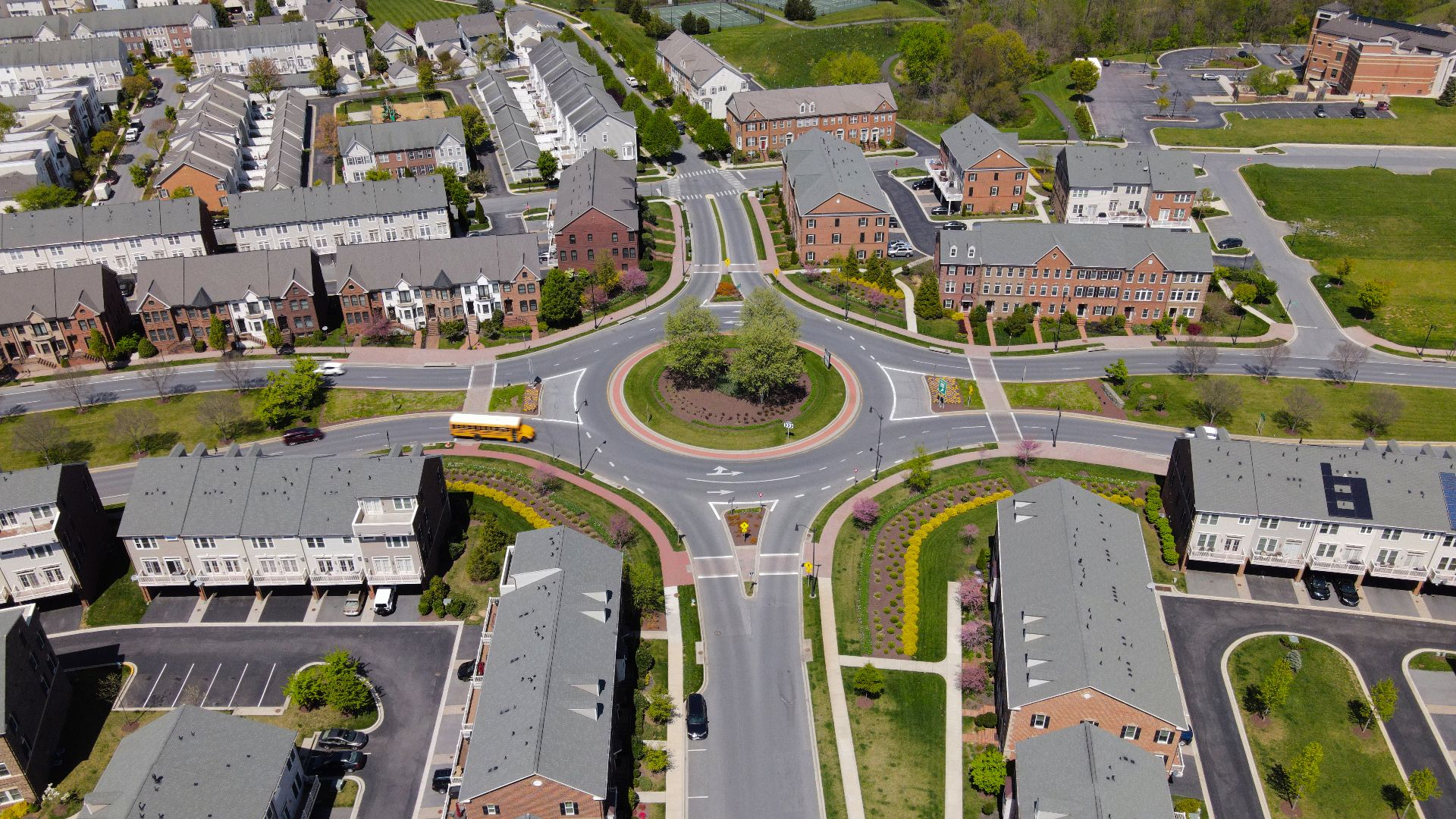 Nathan Palmer, Wikimedia Commons
Nathan Palmer, Wikimedia Commons
Clear Road Markings Help
Fresh paint does wonders here. The layout depends on bold arrows and lane dividers that clearly show where to turn or stop. These markings prevent hesitation, especially during peak hours, when every second counts on a busy commuter route.
First Built In Missouri
It all began in Springfield, Missouri, back in 2009. Engineers wanted to ease congestion without widening roads. Their experiment worked so well that other states took notice. What started as a test run turned into a nationwide transportation trend.
Used In 30+ States
From Florida to Washington, this design has quickly gained traction. States experimenting with it have seen fewer crashes and improved travel times. Local governments are steadily adopting the system as drivers become more comfortable with its unconventional flow.
Popular In Suburbs
You’ll spot these intersections most often in suburban zones where traffic is heavy but space is limited. Suburban planners love how they reduce stoplights and delays while fitting neatly into existing road networks. Residents appreciate the improved drive times, too.
Freight Movement Improved
Truck drivers benefit in a big way. The design allows larger vehicles to make turns smoothly without blocking multiple lanes. Shipping companies have reported faster delivery routes and proved that smarter road geometry can boost both safety and efficiency for freight transport.
Less Vehicle Idling
Fewer stops mean less time sitting still. Cars move continuously through these intersections, which cuts unnecessary fuel burn. It’s a small change with a big environmental payoff to lower emissions while saving drivers a little cash at the gas pump.
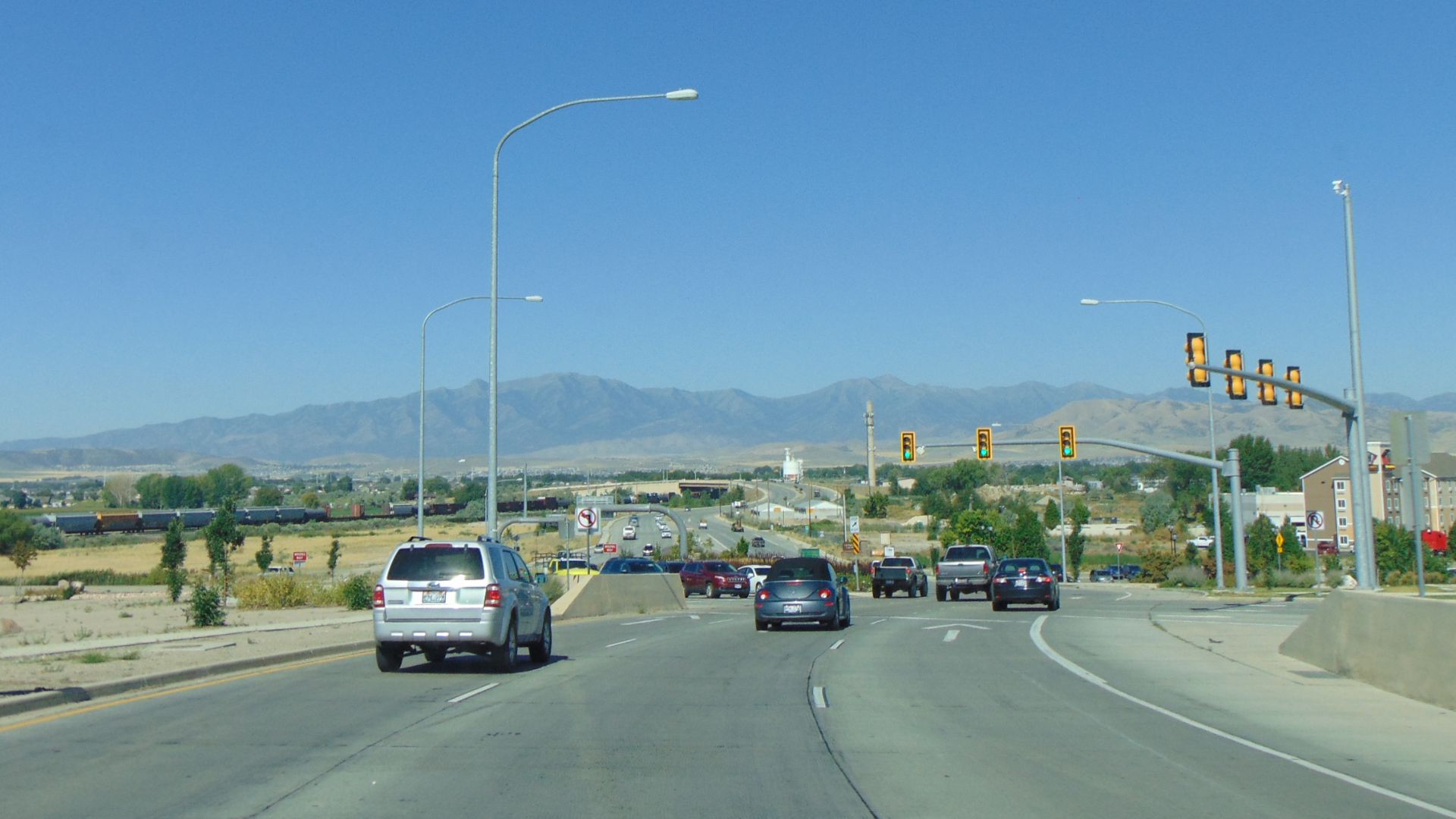 An Errant Knight, Wikimedia Commons
An Errant Knight, Wikimedia Commons
Public Education Matters
Success depends on awareness. Cities that promote videos and signage explaining the layout see smoother adoption. When drivers understand what to expect, confusion drops and efficiency rises. Teaching the public has become just as important as building the intersection itself.
Better Emergency Access
Emergency crews have also praised the layout for helping them reach accident scenes faster. With fewer traffic jams and clearer turning paths, ambulances and fire trucks can glide through intersections that once trapped them in gridlock. It’s a faster response time, safely achieved.
Bike Lanes Included
Cyclists haven’t been left out. The latest versions feature dedicated bike lanes that connect safely through the system. This inclusion makes the design more versatile, allowing both drivers and bikers to share the road with greater confidence and fewer conflicts.
Federal Design Approved
The Federal Highway Administration gave its official stamp of approval after years of study. That endorsement opened funding opportunities nationwide. Once the data confirmed its benefits, states quickly began incorporating it into new projects with strong federal backing.



